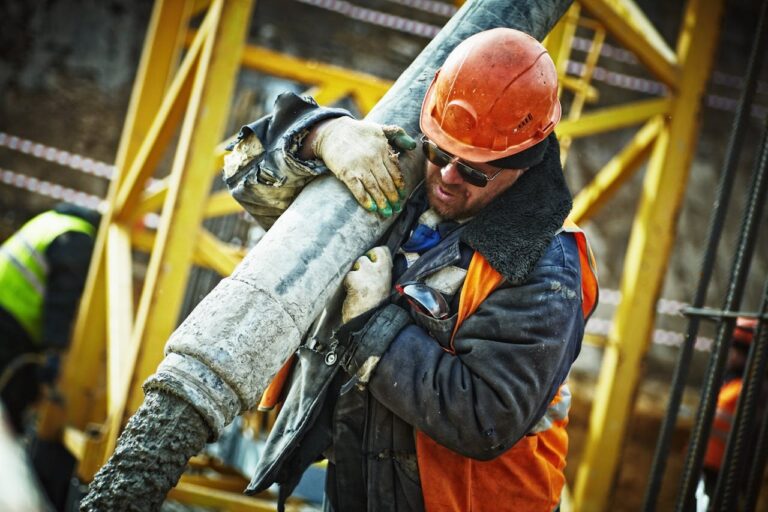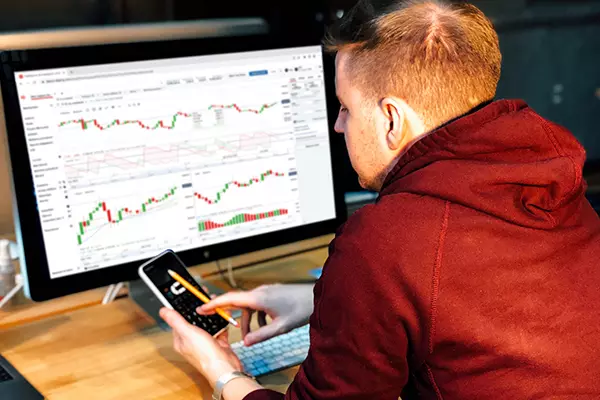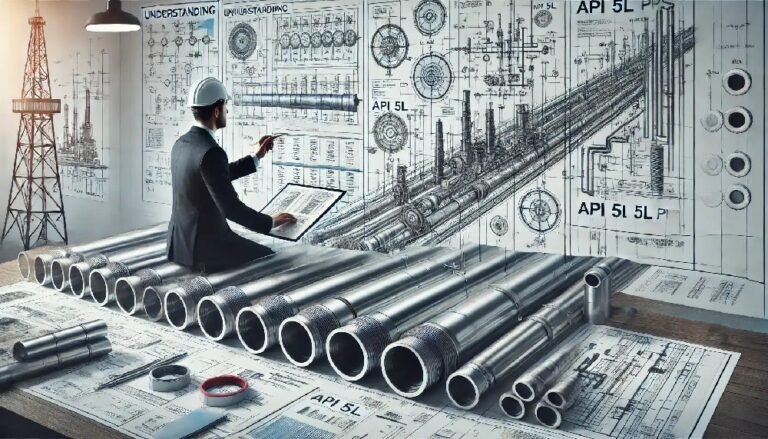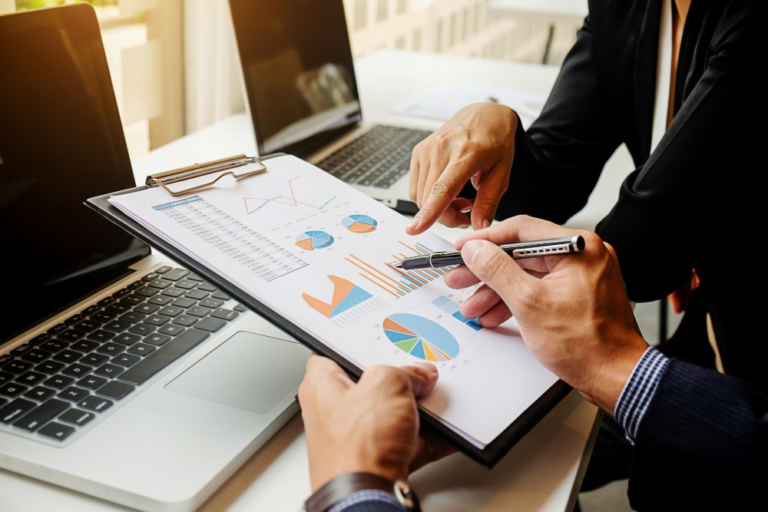With the rise of internet technologies, every aspect of human life is experiencing continuous growth. Whether at the workplace or managing household chores, the internet has been a significant game-changer. Similarly, it has been shaping the way people shop, making it more convenient to do so online. The UAE has been witnessing this growth as well, creating a huge market opportunity in the online retail sector. One such profitable venture for entrepreneurs is the dropshipping business in UAE.
Let us take a closer look at the dropshipping business opportunities in the UAE, along with the costs and legal requirements. If you have the right mindset for online business, dropshipping can be a cost-effective yet lucrative business option in the UAE for you.
What is dropshipping in UAE
Dropshipping business is an online business model where one acts as a matchmaker between the seller and the buyer. Essentially, this business model operates entirely online, requiring minimal investment in physical infrastructure and zero investment in inventory. Customers can place orders for products through the dropshipper, who then ensures the products are supplied directly from the seller to the customers, acting as a link between the two.
Is dropshipping profitable in UAE
The UAE’s digital economy is on the rise. Be it the latest technologies or innovative business services, the nation is always at the forefront. With the rapid adoption of new technologies, e-commerce has also seen a significant lift. Not just because of tech development, but also due to the lifestyle of the UAE. The population here is extremely internet-savvy, and it is so interesting to know the internet penetration rate here is 99%! The population is so open to accepting the latest online trends, such as their love for online shopping and the convenience it brings is extremely high. After all, given the luxury and fast-paced lifestyle of the UAE, online businesses that save their time and meet their high taste are a boon.
From a business perspective, the environment of the UAE is extremely business-friendly. It is very easy to get started with dropshipping business as the licensing process is quite straightforward, with very few administrative hurdles. Also, businesses can enjoy 100% ownership of their businesses and save huge amounts in taxes in the nation. In UAE, starting a dropshipping business is an opportunity that cannot be missed for sure!
Process to start dropshipping business in UAE:
When you are equipped with the right knowledge, nothing is impossible. Here is the process, broken down into simple terms, to help you understand how to start dropshipping in UAE hassle free:
Conduct market analysis:
The foundation of a good business lies in thorough market research. Analyse the UAE market, check which products are in high demand and being ordered online, identify potential gaps you could fill and study the competition.
Choose business operations:
Based on market analysis, you can choose the direction of your business operations and decide what to sell as a dropshipper. It can range from jewellery to consumer electronics to food items.
Tie up with suppliers:
Suppliers are the backbone of your business model. You will need to locate reliable, quality suppliers for your products, enter into agreements with them, and clarify all the necessary business conditions, terms, etc. You can find suppliers through online platforms like AliExpress, SaleHoo, etc., by visiting trade shows and exhibitions, or through local connections.
Setup your online store:
As dropshipping is an online retail business model, you must invest in an attractive website or online platform, such as a social media page like Instagram or Facebook, where you can showcase the products which you aim to sell. This is where you can connect with potential customers and allow them to place orders. Alternatively, you can sell your products through already established online platforms like Amazon. You can even choose multiple channels to increase your reach.
Meet the legal criteria:
Register your business with the DED (Department of Economic Development) in the respective Emirate. You will also need to secure an e-commerce license to start selling online legally. This process includes submitting an application, providing the required documents, and paying the necessary fees. In some cases, you may also need to obtain approvals from additional government bodies.
Get business bank account:
Finally, to keep track of and manage the financial assets of your dropshipping business in UAE, you must open a bank account for your company. This involves reaching out to your bank of choice, submitting an application for a new corporate bank account, and providing some basic documents.
After completing the above steps, you can start selling products online. Be sure to invest in marketing to create strong brand awareness and promote your business.
Requirements for starting a dropshipping business in UAE
Here are the essential documents needed to start and run dropshipping business in UAE:
- Passport copies
- Trade license
- Detailed business plan
- Local sponsor agreement, if needed
- Initial approval
- Bank reference letter
- Registration with customs
- Insurance documents
- Necessary permits and approvals
- Additional documents as asked by authorities
To know more, you can get in contact with professional experts like Dubiz Business Setup
Dropshipping business license cost in UAE
Cost of dropshipping business license in UAE mainland starts from around AED 11,000*. In IFZA, you can get the license without visa for AED 12,900* and in RAKEZ for AED 6,000*.
There are many expenses involved in starting a dropshipping business in UAE other than the dropshipping license UAE cost such as: marketing costs, supplier fees, visa cost, insurance cost, operational costs, website costs, etc. To know how much it will exactly cost you, you can seek guidance from business setup consultants.
Conclusion
Starting a dropshipping business in the thriving markets of the UAE is a lucrative choice for those who want to make a name in the world of business. However, it is important to remember that there are certain steps, documents, approvals, licenses, and requirements that empower you to do so legally. While the process is not that difficult, it is always a good idea to seek consultation from experts. Why? Because they know the system inside out and will guide you on exactly what and how to start your business, ensuring no losses, delays, or cancellations.
Dubiz Business Setup has been helping clients for more than 7 years now. They are committed to making all aspects of business setup hassle-free, from bank accounts and licenses to visas, taxes, marketing, and more. You can also get a free consultation with them. Contact them today and share your business needs!











